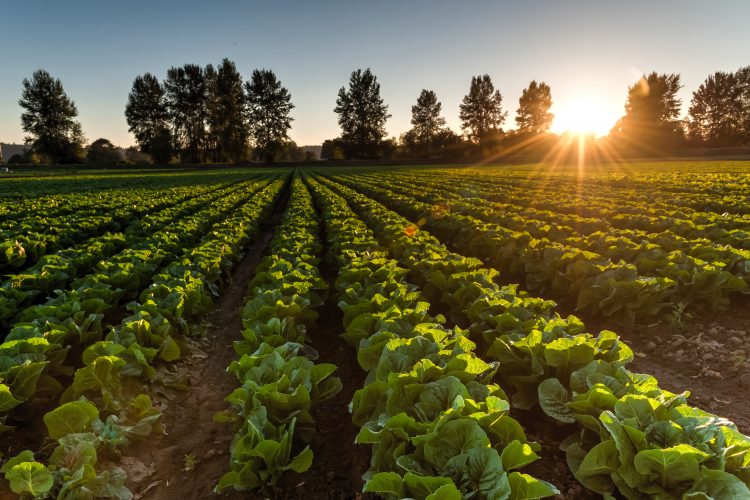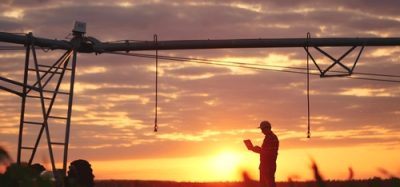Digging deeper: Why aren’t Americans making money from agriculture?
Posted: 8 March 2022 | New Food | No comments yet
US agricultural systems are world leaders in the production of food, fuel and fibre yet seem to be losing money; a new study seeks to find out why.


A new study, led by Emory University and supported in part by the US Department of Agriculture and the National Science Foundation, sought to find why, despite the productivity of US agriculture, US farm operators are systematically losing money.
The report states that US agricultural systems are world leaders in the production of food, fuel and fibre. This high level of production enables US consumers to spend an average of just 8.6 percent of their disposable income on food, a percentage that has been trending downward since 1960. Growing evidence, however, shows that many hidden costs of cheap food may be passed on through factors such as reduced nutritional content, environmental degradation, and the diminishing livelihoods of US farm operators.
“It’s not that agriculture as a sector is not profitable,” said Emily Burchfield, assistant professor in Emory’s Department of Environmental Sciences and lead author of the study. “It’s that, despite hard work and significant financial risk, many of the people who operate US farms are not able to make a decent living at it.”
Rising input costs, shrinking production values and challenges to land access are just a few factors connected to declining farm operator livelihoods, the study suggests.
“We’ve shown in a quantitative, systematic way the extent to which these trends are happening and, in many cases, how they appear to be worsening,” continued Burchfield. “People who work in the agricultural space already know that it is difficult to make a living as a farmer. In this paper, we’ve cleaned and merged tremendous amounts of data from multiple sources to bring key information together into one place. This allows us to tell a more complete and clear story about how and why this is happening at a national scale.”
The researchers deposited the clarified and merged data into a free, online platform so that other agricultural stakeholders can easily access it. They hope that their “one-stop,” centralised data hub on farmer livelihoods will serve as an educational tool and inspire more research into the topic.
The study notes that the average funds generated by farm operators to meet living expenses and debt obligations have been negative for nine out of the last 10 years. In addition to this, in many regions of the United States, the authors of the study added, farm operators actually have to pay to engage in the act of operating a farm.
“What we were really surprised to find in the data is that the low, or negative, median farm operator income applies even when you factor in government subsidies,” Burchfield said.
“Given that the federal government is subsidising farming with billions of dollars annually, it raises the question of how we might do so more effectively. How are we going to convince folks to continue growing our food if they are locked into a system where they can’t make money?”
“Farming is one of the hardest jobs on the planet,” she added, “and it’s going to get even harder due to climate change. The combination of more gradual shifts in average climate conditions, and the increased prevalence of extreme weather events, presents a serious challenge to farmers.”
These ongoing challenges, the authors argue, require an urgent rethinking of how federal subsidies can play a role in encouraging and supporting new, adaptive approaches to agriculture.
The paper also highlights the lack of diversification among farm operators. Statistically, the “average” US farmer is a 58-year-old white male. Those not identifying as white currently operate about seven percent of farmland representing just five percent of operations. Only 1.4 percent of operators identify as Black, and these operators are heavily concentrated in the Southeast, the study states. The report also states that on average, white operators receive twice as much from federal subsidy programs ($14,000 per farm) as Black operators ($6,400 per farm).
“We need better data to track the persistent inequities at the intersection of race, class and livelihoods in the agriculture space,” Burchfield added.
“Farmers are fundamental to our survival, their work is risky and difficult, and ensuring their quality of life is necessary for US agriculture to persist…Measuring and monitoring agricultural progress using only metrics of production, efficiency and revenue masks the lived realities of the humans operating our farms”, Burchfield and her fellow authors conclude.
Related topics
Related organisations
Emory University, National Science Foundation, U.S. Department of Agriculture









